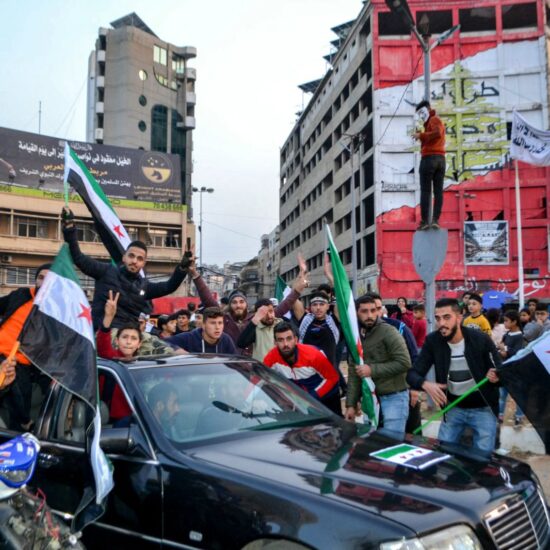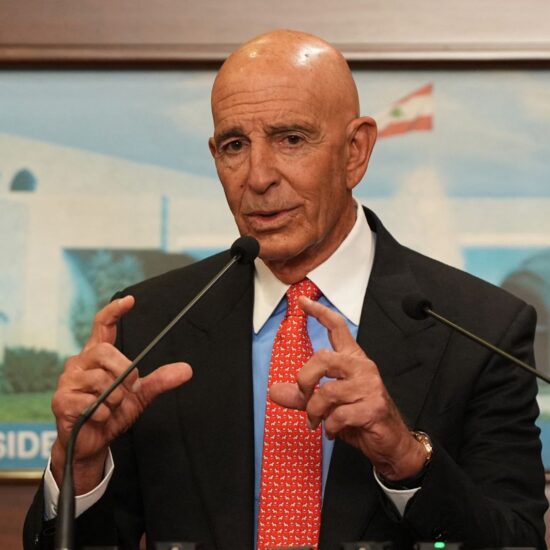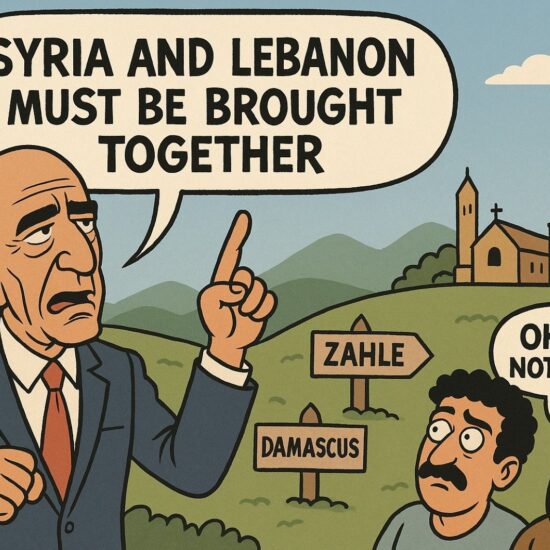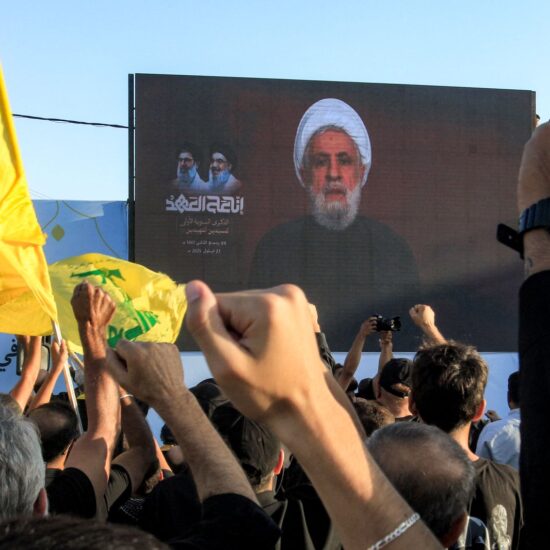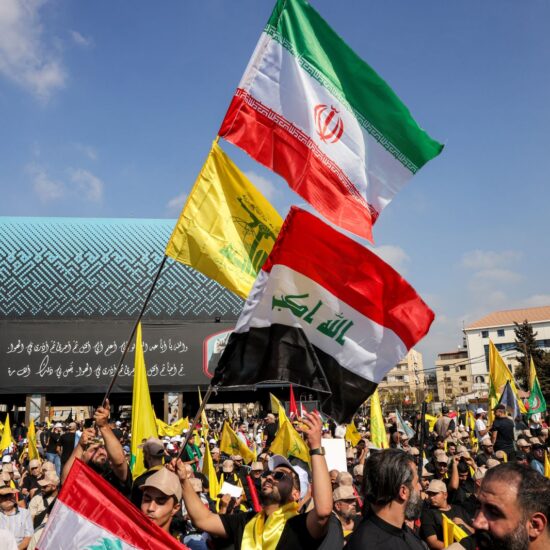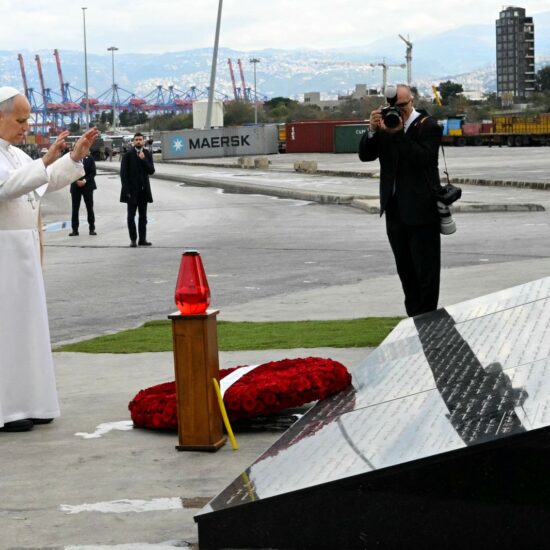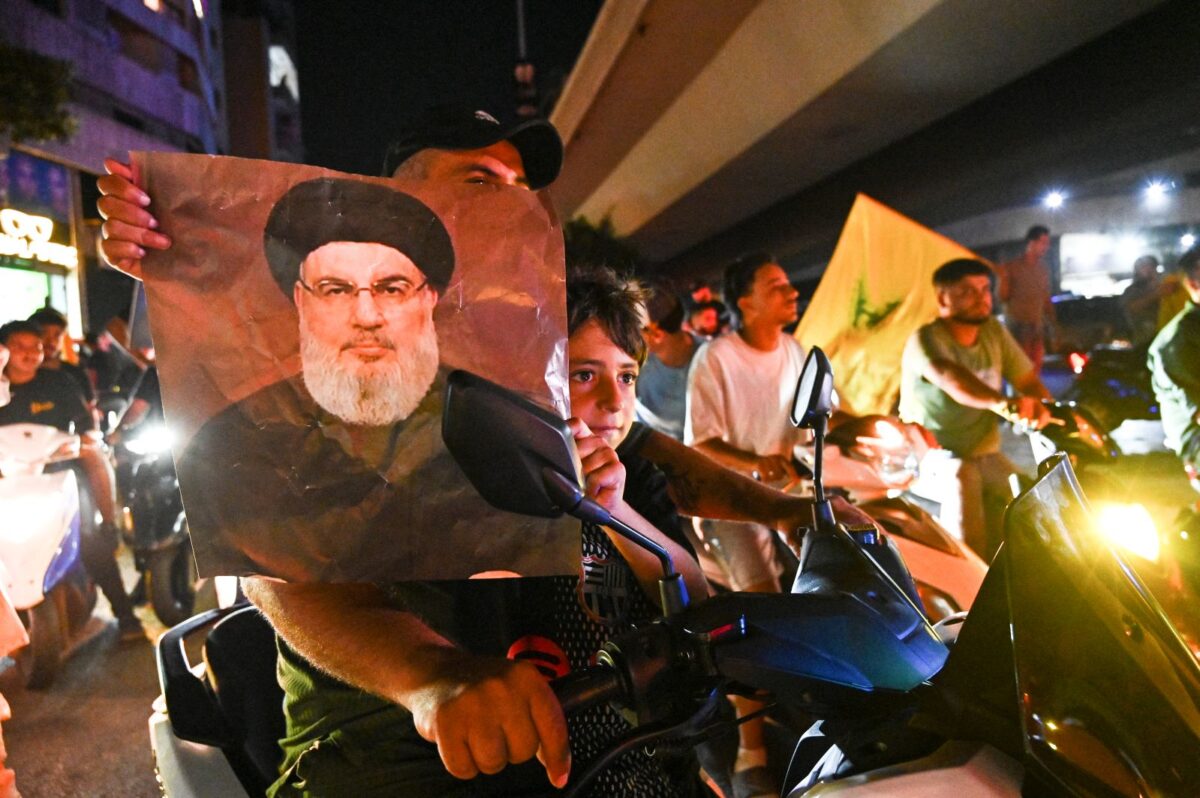
The plan discussed by Lebanon’s cabinet lays out the most detailed steps so far for disarming Hezbollah, which has repeatedly rejected growing calls to give up its weapons since last year’s war with Israel.
Lebanon’s leadership has committed itself to reclaiming state sovereignty, extending its authority across the country, and this will involve monopolizing weapons in the hands of the state and disarming all non-state actors, like Hezbollah.
The Lebanese government is now tasking the Lebanese army with preparing a plan to disarm all groups by the end of the year.
The Lebanese Army and the Lebanese President, who is a former army chief, have so far been reluctant to use force against armed groups. His presence has been towards dialogue, but patience for this has been running out, as it is no longer for the sake of talking, but as we now have the Lebanese government with the intention of regaining full control over all of its geography.
This is an unprecedented move from the state in challenging Hezbollah, which used to be the most powerful political and military force in Lebanon until Israel weakened it in last year’s war.
Local analysts believe that this will not be an easy process because Hezbollah is not cooperating, as the group has said that it will not disarm, it will not surrender its weapons, because that will serve the interests of Israel.
Critical time for Lebanon?
It is feared that if the Lebanese army takes on disarming Hezbollah, the army could split along sectarian lines, given how deeply divided Lebanon is.
There seems to be a very small opportunity of window to get things right as Lebanon has been a battlefield for regional war and it would also mean that Lebanon would unlock international funds for reconstruction and for the economy to grow once more and to regain its role and reputation in the region, not for war or violence but for tourism and economic prosperity.
The time for that era should be over and done with, given the international attention and pressure that is being applied for Lebanon to do this once and for all, as Hezbollah remains the last substate militia from the civil war.
The new plan seeks to “extend and stabilize” the ceasefire agreement reached between Lebanon and Israel in November.
Under the first stage of the plan, the Lebanese government would, within 15 days, issue a formal decree committing to fully disarm Hezbollah by December 21, 2025. During this stage, Israel would also halt all military operations on land, at sea and in the air.
Stage two of the plan is that, within 60 days, Lebanon would begin carrying out the disarmament plan. At the same time, the government would approve a detailed strategy for deploying the Lebanese Army to oversee the process of placing all weapons under state control. This strategy would also outline specific objectives tied to the disarmament process.
During this stage, Israel would start withdrawing from some of the positions it currently holds in southern Lebanon and would release detainees, in coordination with the International Committee of the Red Cross.
The state is telling Hezbollah that the group’s weapons have not protected Lebanon and that, in a US paper that the Lebanese government has approved and adopted, the US will pressure the Israelis to stop attacks and to withdraw from Southern Lebanon, but in exchange for Hezbollah disarming.
Stage three is that, within 90 days, Israel would be required to withdraw from the last two of the five positions it occupies. At the same time, funding would be secured to begin clearing debris and restoring damaged infrastructure, paving the way for Lebanon’s reconstruction phase.
The final stage is that within 120 days, Hezbollah would dismantle all remaining heavy weaponry, including missiles and drones.
In the past few days, Hezbollah supporters have taken to the streets on motorcycles in a show of protest, but the group has still not called for mass rallies. It has also not withdrawn from the government yet.
It is important to point out that even though Hezbollah has degraded and it is now in a much weaker position, it remains an armed group and it remains largely confined to Iran’s security needs.
The Lebanese President has indicated that he wants to neutralize Lebanon from regional war.
The Lebanese military, working alongside UN peacekeepers, has already taken concrete steps in the south, dismantling hundreds of Hezbollah positions located south of the Litani River. However, transitioning from these localised actions to full disarmament within just four months presents significant challenges. The challenges are not only logistical, removing weapons across the country but also deeply political, touching on Lebanon’s fragile internal balance and drawing resistance from Iran, Hezbollah’s key regional ally.
In a recent incident involving Lebanese Army, six soldiers killed while removing munitions in Southern Lebanon on Saturday while they were inspecting a weapons depot belonging to Hezbollah.
The army has been dismantling Hezbollah sites along the border with Israel. Since the November truce, up to five hundred military positions have been dismantled South of the Litani River.
Observers note that Hezbollah may seek concessions before giving up its arsenal, such as security guarantees or a stronger political role within Lebanon’s power-sharing system.
Analysts warn that any attempt to force disarmament without broad national agreement risks sparking instability.
Rodayna Raydan is a Lebanese-British journalist. You can follow her on Twitter @Rodayna_462
The views in this story reflect those of the author alone and do not necessarily reflect the beliefs of NOW.



